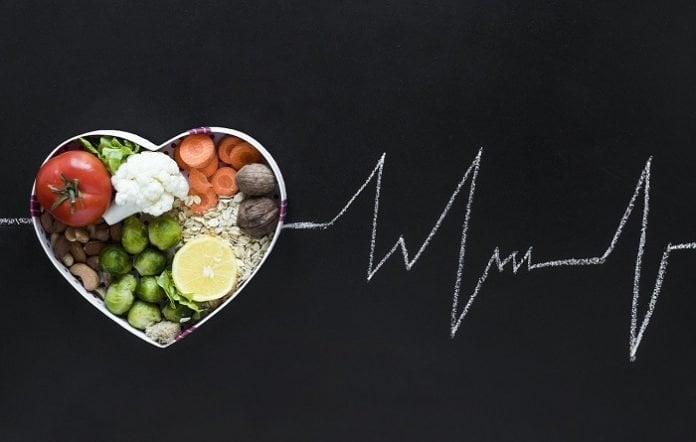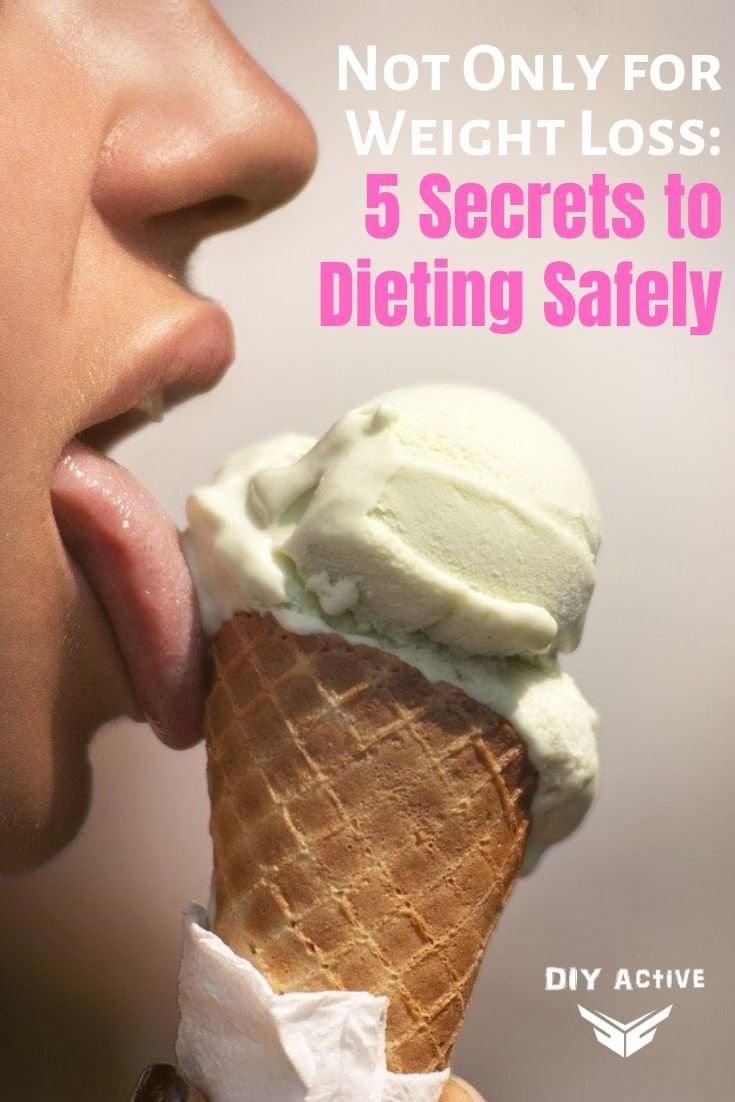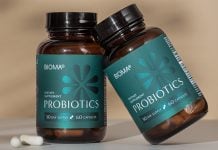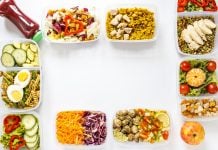
5 Secrets to Dieting Safely
Following the fad diets out there can lead to not only disappointing results but also nutritional deficiency and low energy. The key to weight loss is knowing how your body works. Here are 5 secrets to dieting safely while enjoying its health benefits.
1. Balance Your Doshas
Ayurveda, meaning “the knowledge of life”, is considered the most ancient system of natural medicine. According to its time-tested philosophy, healthy life is one that balances the three energies known as “doshas”.
In today’s fast-paced society, poor nutrition, sleep, and overwhelming stress can lead to imbalanced doshas. As a result, people can experience restlessness, anxiety, insomnia, weight problems, and indigestion.
Luckily, rebalancing your doshas through food can bring back your health and lose weight naturally. Although each dosha imbalance can be improved with a corresponding “diet”, it is nothing like a restrictive diet like many others out there.
Balancing your doshas uses intuitive qualities and tastes – nature’s perfect indicators.
Vata
By nature, Vata’s qualities are cool, dry, rough, and light. To tone down Vata, you could eat foods that neutralize these qualities – warm, moist, smooth, and nourishing.
The taste recommended for a Vata dosha diet is sweet, followed by sour and salty. On the other hand. Try to minimize foods that are bitter and astringent.
Pitta
Pitta is dominated by the element “fire”. By nature, pitta-type foods are strong, irritable, oily, and hot. To neutralize these qualities, eat foods that are mild, dry, cooling, and stabilizing.
The tastes to emphasize on a pitta dosha diet are sweet, bitter, and astringent. Meanwhile, pungent, sour, and salty tastes should be minimized.
Kapha
Kapha is characterized as heavy, cool, moist, and smooth. To balance Kapha, you can add foods that are light, warm, dry, and rough. A Kapha dosha diet encourages the opposite tastes to a Vata dosha diet – pungent, bitter, and astringent.
2. Eat a Rainbow Plate
Nature has given us many clues to what to eat. Color is a great one. Today’s Dietitian explains how different food colors represent different micro-nutrient groups:
- Green: chlorophyll, Lutein
- Red: lycopene
- Purple/blue: anthocyanin
- Yellow/orange: Carotenoids,
- Brown/white: allicin
 When people go on a strict diet and eliminate food groups, nutritional deficiencies occur. You may lose weight in the short term, but the weight loss is not fat, but water and muscle mass.
When people go on a strict diet and eliminate food groups, nutritional deficiencies occur. You may lose weight in the short term, but the weight loss is not fat, but water and muscle mass.
Long periods of nutritional deficiency can lead to dangerous health problems and chronic fatigue. Therefore, fill your plate with a variety of nutritious and energizing foods so that it looks like a rainbow.
Apart from micro-nutrients, don’t forget about essential trace minerals. The top 3 to include in your diet are silver, iron, and silicon.
Where can you get natural minerals?
We used to be able to get minerals from water, but they are now severely limited by today’s industrial processes.
Therefore, you may add a trace minerals supplement such as Shilajit. Coupled with other organic elements, you can expect 12 shilajit benefits.
3. Avoid Processed Food
During food processing, natural fiber is stripped away and chemicals are added. Essentially, nutrients are replaced by empty calories that are most likely also harmful.
The Public Health School at Harvard warns that highly processed foods aggravate heart disease, obesity, hypertension and lead to poor health.
Processed food
When natural foods have added salt, sugar, or fats, they become processed. This is why fresh beans are always better than canned baked beans. Fresh fruits are always better than sweetened can fruits. Most bread, cakes, and cookies also contain sugar and oil.
Processed cooking ingredients
Cooking itself is not bad, but the refined cooking ingredients are. For example, oil is very refined and calorie-dense, even extra virgin olive oil. Try oil-free cooking and substitute oil with healthy fats from nuts and seeds.
Ultra-processed food
This group is truly the junk – very little nutrition, but loads of artificial colors, flavors, and preservatives. These ingredients are not meant to feed you, but promote shelf stability and get you addicted. Sugary drinks, cookies, chips, breakfast cereals are prime examples.
4. Learn the Secrets in Food Labels
It is not enough to know that processed foods exist. You also need to learn the secrets in food labels to catch junk that is branded to look healthy with deceiving marketing.
If you have to buy packaged food, turn to the back and check its ingredient list. What is the first ingredient?
Ingredients are listed from highest to lowest amounts. If the first ingredient is oil or sugar, you know there is no way that it can help with your weight loss.
Most of the time, manufacturers will be smart enough not to let you see the word “sugar” or “salt”. Instead, they use names like “corn syrup” and “Disodium phosphate” to trick you.
Even worse, some foods claim to replace fattening sugar and oil with “calorie-free additives”. But there is no scientific evidence that they are safe or helpful for weight loss. In fact, research has shown that artificial sweeteners and emulsifiers are linked to metabolic dysfunctions, gut problems, and inflammation.
Sugar, oil, salt, and additives can take a myriad of complicated chemical names. You may want to visit the resource by Harvard University and familiarize yourself with these names.
5. Eat More Filling Resistant Starch
Now you might ask, what do I do when I get hungry?
Don’t worry, nature has its solution for you – resistant starch. Foods high in resistant starch are naturally filling and healthy. They are considered as “nature’s prebiotics” and have many health benefits, as explained in this article:
- Easily digested
- Improve gut health and diseases
- Improve insulin sensitivity and control blood sugar
- Reduce food cravings
Nature’s resistant starch
- Starchy fruits and vegetables
- Legumes
- Whole grains
- Cooked potatoes and rice
Wrap-Up
Have you noticed a pattern? The healthiest weight-loss foods tend to be the same ones that are unprocessed, plant-based, and colorful.
Once you know these 5 secrets, dieting becomes safe, enjoyable, and easy!



